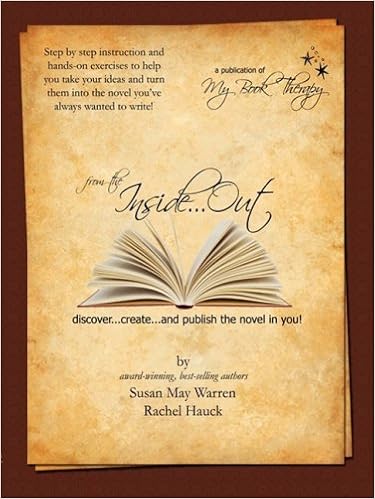As with everything else,
dealing with language usage in Creating
Esther was much more challenging than it was in Desert Jewels. Except for an aunt and uncle who don’t appear very
often, everyone in Desert Jewels is
fluent in English, and it’s the only language my protagonist knows. In an
attempt to get the aunt and uncle right, I based their customs and speech on
real characters described in memoirs. Desert
Jewels also used a few Japanese words, which I included in a glossary.
Overall, however, language was a minor consideration.
Creating Esther is very different. At the beginning of the book,
Ishkode understands some English but speaks and thinks in Ojibwe. Once she
reaches the boarding school, she still thinks in Ojibwe but is forbidden to
speak it. So how do I distinguish between the different languages without
confusing my readers?
A second issue is how to write the
dialogue and text when Ishkode and her friends speak or write English. At a
conference I attended last year, a speaker said that broken English and grammar
errors tell the reader that the character is unintelligent, even when that is
neither the reality (to the extent fiction reflects reality) nor the message
the author intended to convey. The speaker said the better option is to keep
the character’s English sentence structure and vocabulary simple at first and
to make them more complicated as the character learns the language. Good
advice, and something I may not have thought of on my own.
I bought a number of books to
help me bridge these language barriers, including two scholarly studies on how
students acquired English language skills in the boarding schools, two basic
books on Native American sign language (which I ended up not using), and two
Ojibwe dictionaries. But although they gave me some help, I had to figure it
out myself.
So what did I do?
I made Ishkode a quick learner
who had been attending the reservation day school for several years, which
allowed me to start her with a decent command of English. But her vocabulary
and word patterns would still be simpler than in her native language? Since I
concluded that all of Ishkode’s narrative thoughts were in Ojibwe, they could
be more complex than if they were in English. I didn’t have to simplify them at
all.
I still needed to signal which
language my characters were speaking when there was dialogue. I solved that
problem by specifically stating when people are speaking English in Part I (on
the reservation) and Part II (travelling to the boarding school), which tells
the reader that the rest of the dialogue was spoken in Ojibwe. I reversed the
process for Part III (at the boarding school), which mentions when people are
speaking Ojibwe. And yes, Ishkode and her friends do defy the ban on speaking
Ojibwe.
As far as I can tell, I have
succeeded in distinguishing between the languages without confusing my readers.
My beta readers all followed the story, and none of them mentioned any problems
with how I handled the language issues.
But it wasn’t an easy puzzle to
solve.
__________
Kathryn Page Camp is a licensed
attorney and full-time writer. Writers in
Wonderland: Keeping Your Words Legal was a Kirkus’ Indie Books of the Month Selection for April 2014. The
second edition of Kathryn’s first book, In
God We Trust: How the Supreme Court’s First Amendment Decisions Affect
Organized Religion, was released
on September 30, 2015. Desert Jewels is
searching for a home, and Creating Esther
has just begun circulating to publishers.
You can learn more about Kathryn at www.kathrynpagecamp.com.



